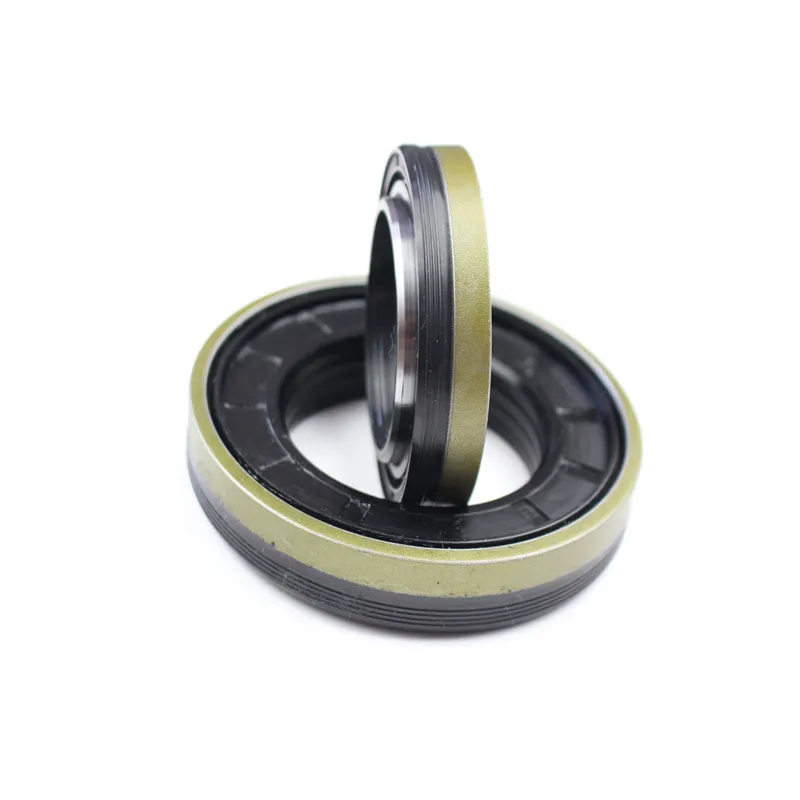Understanding Torque Converter Seals and Their Importance in Vehicle Performance
Understanding Torque Converter Seals Their Importance and Functionality
A torque converter is a critical component of automatic transmissions, playing a vital role in the overall efficiency and functionality of a vehicle. One of the essential elements within this system is the torque converter seal. While often overlooked, these seals are fundamental in ensuring the smooth operation of the torque converter and, by extension, the entire drivetrain.
What is a Torque Converter Seal?
Torque converter seals are specifically designed components that prevent the fluid from leaking out of the torque converter while allowing the necessary hydraulic operation within the system. These seals are typically made from durable materials such as rubber, silicone, or reinforced polymer, ensuring they can withstand the high temperatures and pressures associated with the operational demands of a torque converter.
Function of Torque Converter Seals
The primary function of a torque converter seal is to keep the transmission fluid contained within the torque converter. The torque converter uses this fluid to transfer power from the engine to the transmission smoothly. If a seal fails, it can lead to fluid leaks, resulting in insufficient fluid within the torque converter. This deficiency can cause various performance issues, including slipping, overheating, and ultimately, failure of the torque converter itself.
Another critical function of these seals is to protect the internal components of the torque converter from contaminants. Dust, dirt, and other debris can enter through any gaps present due to damaged or worn seals, potentially leading to internal wear and mechanical failure. Therefore, proper sealing is essential not only for fluid retention but also for maintaining the integrity and longevity of the torque converter.
torque convertor seal

Signs of Seal Failure
Vehicle owners should be vigilant for signs of torque converter seal failure. One of the most obvious indicators is the presence of transmission fluid leaks under the vehicle. Additionally, drivers may experience unusual shifts in the transmission, erratic engine performance, or even overheating of the transmission system. If any of these symptoms occur, it is crucial to have the vehicle inspected promptly to prevent further damage.
Preventative Measures and Maintenance
To prolong the life of torque converter seals, regular maintenance is vital. This includes periodic checks of the transmission fluid level and quality. It’s also advisable to have the torque converter and transmission system inspected during routine vehicle servicing. Keeping the system clean and free from contamination contributes significantly to the seals' lifespan and functionality.
When replacing torque converter seals, it is essential to use high-quality parts designed specifically for the vehicle model. This ensures compatibility and optimal performance. Professional installation is often recommended, as improper fitting can lead to immediate seal failure and further complications.
Conclusion
In summary, torque converter seals are small yet critical components in maintaining the functionality, efficiency, and reliability of automatic transmissions. Their role in fluid retention and contamination prevention cannot be overstated. By understanding their importance and recognizing the signs of potential failure, vehicle owners can take proactive measures to safeguard their transmission systems, ensuring a smoother and more reliable ride. Regular maintenance and prompt attention to any issues are key to prolonging the life of these essential components.
-
The Ultimate Guide to Car Repair Kits: Tools and Essentials Every Driver Should Own
News Aug.01,2025
-
The Complete Guide to Oil Pan Gaskets: Sealing Engine Leaks the Right Way
News Aug.01,2025
-
Preventing Oil Leaks: A Complete Guide to Oil Pan Gaskets and Drain Seals
News Aug.01,2025
-
Everything You Need to Know About Oil Pan Gaskets and Drain Plug Seals
News Aug.01,2025
-
Essential for Car Owners: How to Use a Car Repair Kit to Deal with Minor Breakdown
News Aug.01,2025
-
Comprehensive Guide to Engine Oil Sump Gaskets and Related Seals
News Aug.01,2025
-
The Ultimate Guide to Boat Propeller Bearings and Trailer Wheel Bearings
News Jul.31,2025
Products categories















